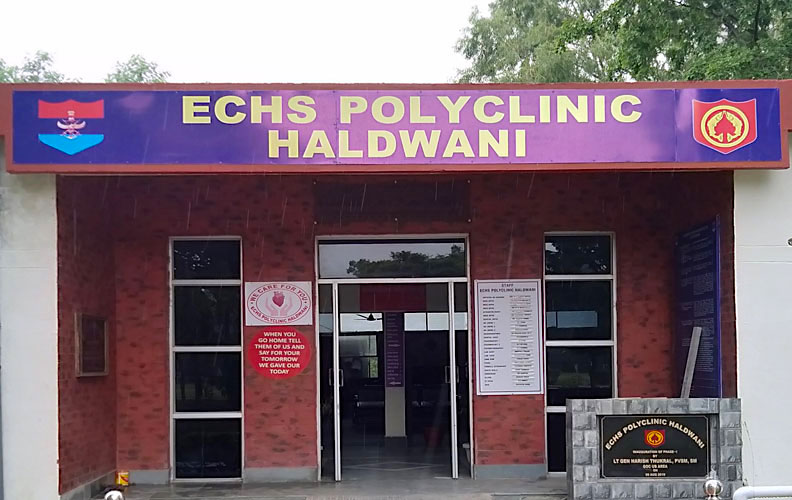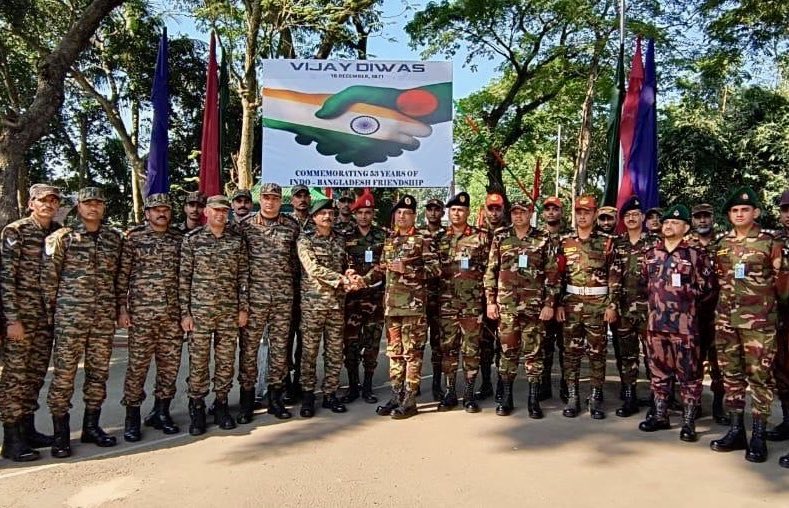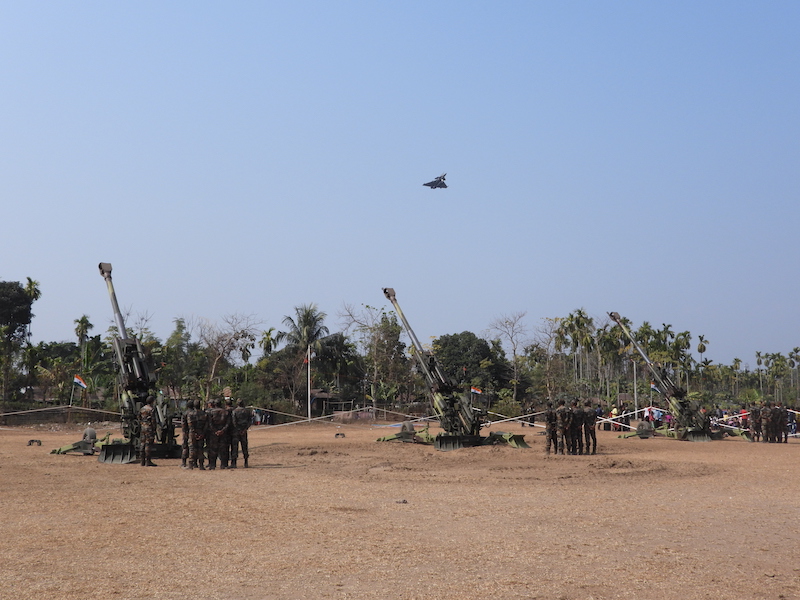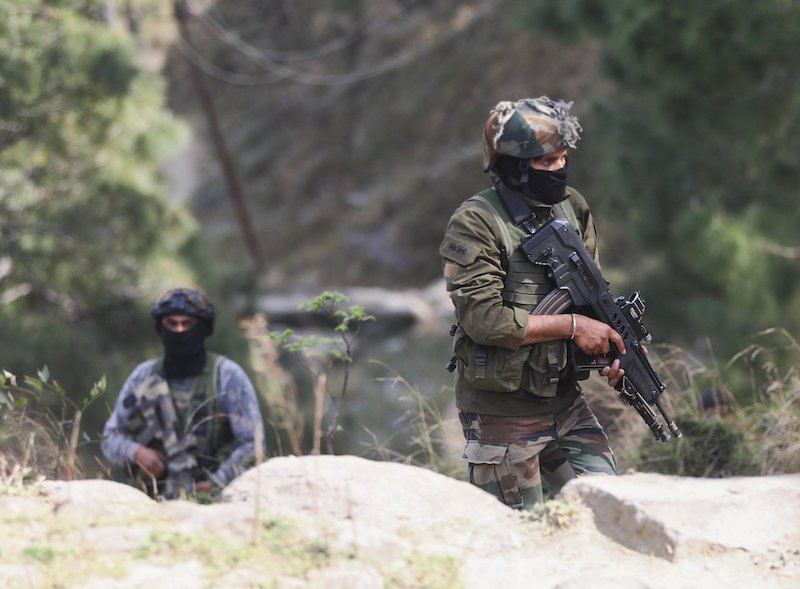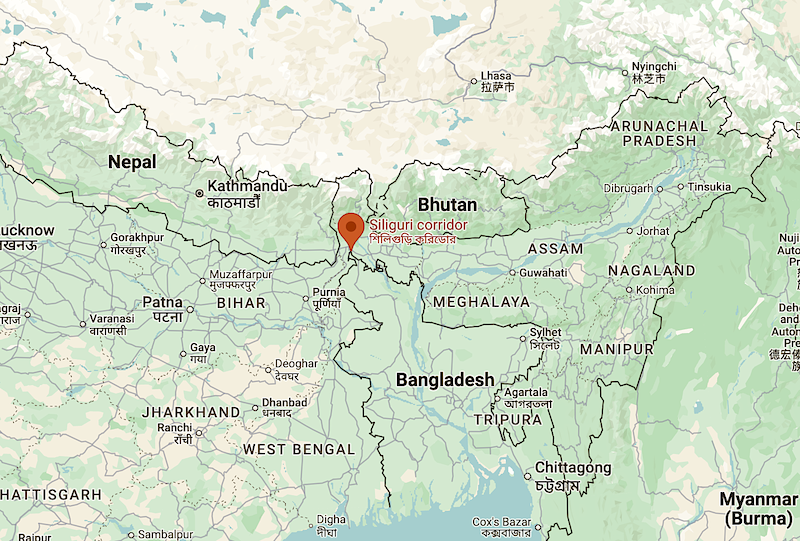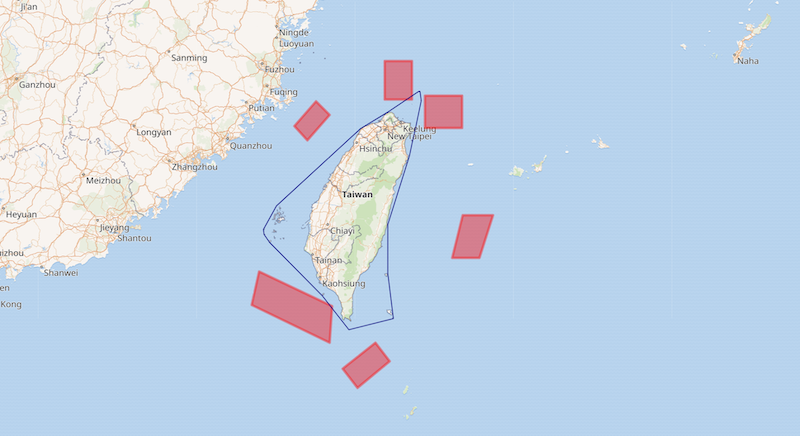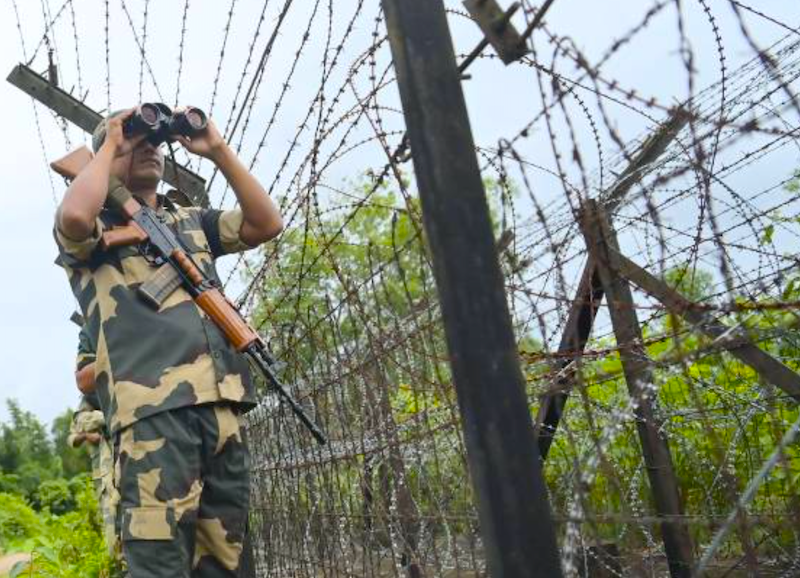 An Airbus C-295 aircraft. (Photo via Twitter)
An Airbus C-295 aircraft. (Photo via Twitter)
For the first time a private sector company of India has taken a step forward to set up a full-fledged aircraft-manufacturing facility in the country. The foundation stone for the Airbus Defence and Space-Tata Advanced Systems Limited joint venture facility was laid in Vadodara, Gujarat by the prime minister, Narendra Modi, on October 30. During the event, he also stressed upon his pet mantra of “Make in India, Make for the World.’’
The C-295 is a transport aircraft which will replace the Indian Air Force’s ageing Avro feet, which were put into service starting from the 1960s. Under the terms of the Airbus-Tata joint venture, out of the 56 total C-295 aircraft, 16 will be given to India in fly-away condition, after being manufactured at the Airbus facility at Saville, Spain, between September 2023 and August 2025. The remaining 40 will be manufactured at the Vadodara facility, and deliveries of the first made-in-India C-295s will start from 2026 with the 40th aircraft rolling out in 2031.
The IAF had first begun the process for replacing the Avro fleet in 2009. It was only in 2015 that the sole bid by Airbus-Tata received the nod from the Defence Acquisition Council, which paved the way for signing of the ₹21,935 crore contract in September last year.
How significant is the Vadodara facility and what does it mean for the domestic aviation industry?
With rapid growth of India’s civil aviation sector and the government’s ambitious plan for boosting regional connectivity, this project holds out a good promise not only in terms of setting up a brand-new facility but also, in a larger context, enable setting up of an entire ecosystem around it, bringing into its fold a number of micro, small, and medium enterprises (MSMEs) and giving a fillip to the aeronautical branch of engineering in the country.
The C-295 which is a medium-capacity transport aircraft can also prove to be a potential candidate to replace the old workhorse of the IAF – the Russian-origin AN-32 transport aircraft. There are nearly a 100 AN-32s still in service with the IAF that the service would need to replace in another decade or so.
The facility at Vadodara, which is art and cultural hub of Gujarat, will not only infuse a high dose of capital in India but will also turn out to be a second line of manufacturing facility going beyond the public sector Hindustan Aeronautics Limited (HAL), which has its order books full. It can also drum up some competition for HAL and showcase to the world India’s readiness to go in for a world-class aircraft-manufacturing facility with the help of the private sector, which has so far been lukewarm to come forward in the aviation sector as it remains a highly capital-intensive field.
In the post-liberalization era when private airlines were allowed to operate in the Indian skies, opening up the sector and putting it on the growth path, there have been several instances of many private airlines folding up due to various reasons, which in turn dealt a blow to the allied ecosystem that was built around them.
For India, the C-295 project would also pose challenges in terms of making available a highly skilled work force and aeronautical engineers. Initially, about 240 engineers will be trained by Airbus at its facility in Spain specifically for the Vadodara project.
Had the “Missile Man’’ and former president and India, Dr APJ Abdul Kalam, been alive, the Airbus-Tata joint venture would certainly have brought a smile on his face. He had strongly advocated building up capability in the country for designing and manufacturing a medium capacity aircraft that can carry not only loads but also 70-90 passengers. As such global players are reluctant to part with high-technology to countries like India, the Airbus-Tata joint venture sets the tone for other companies to manufacture aircraft in the country and not merely act as assembly lines. For Airbus and its American rival Boeing, India also remains a key market in civil and defence aviation sectors and both the companies have been using Indian sources in some of the important areas.
As Modi said during the Airbus-Tata’s foundation stone-laying ceremony, in the next 10 to 15 years, India will need about 2,000 more passenger and cargo aircraft. This would create a scenario in which some of the world’s biggest passenger and cargo planes will also be manufactured in India.
Follow us here:
Twitter: https://twitter.com/indiasentinels
Facebook: https://facebook.com/indiasentinels
Instagram: https://instagram.com/indiasentinels
YouTube: https://youtube.com/indiasentinels
Disclaimer: The views expressed in the article are the author’s own and don’t necessarily reflect the views of India Sentinels.
© India Sentinels 2022-23

